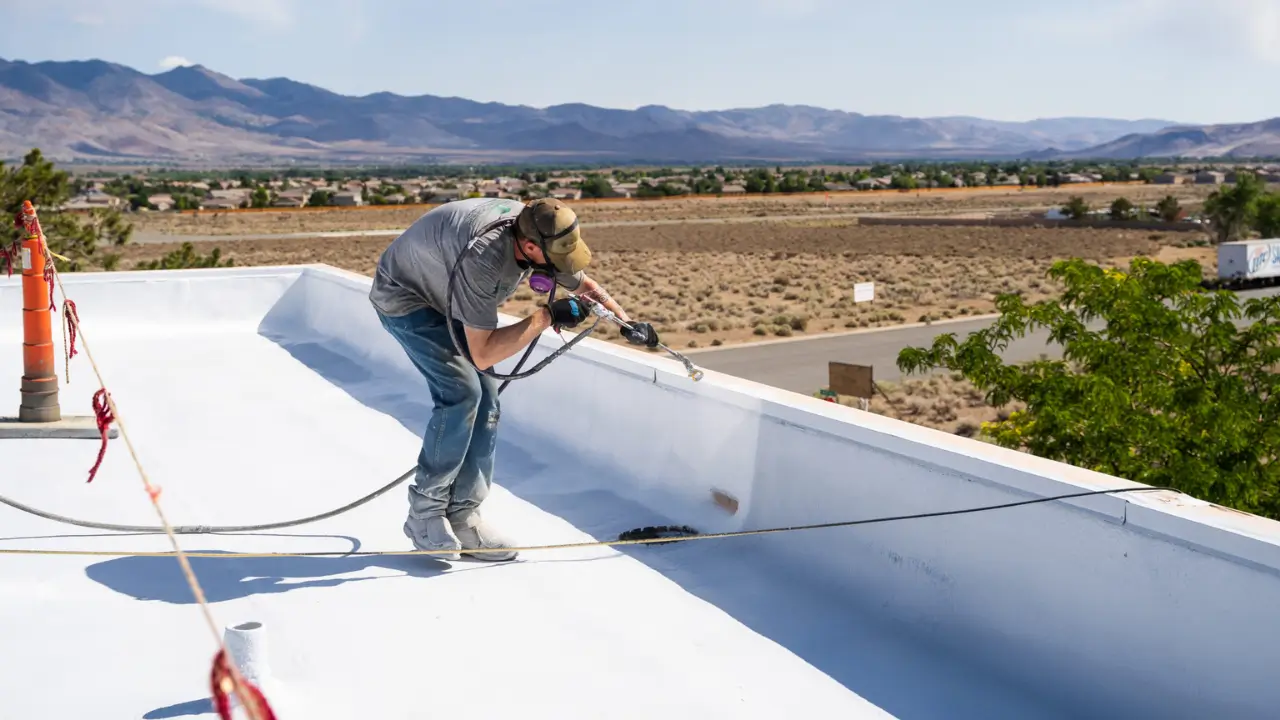
In today’s construction industry, buildings are no longer assessed solely for their aesthetics or functionality; durability has become a fundamental measure of quality. One of the most critical elements in ensuring structural longevity is waterproofing. With climate change intensifying weather extremes, issues such as water ingress and moisture buildup can lead not only to significant structural damage but also to a decline in indoor living comfort. As a result, embracing state-of-the-art waterproofing technologies is no longer a luxury—it’s a necessity.
Modern waterproofing systems offer longer-lasting, more environmentally conscious solutions with superior surface adhesion. Innovative polymer-based coatings, spray-applied polyurea systems, and nanotechnology-enhanced liquid membranes form an almost impenetrable barrier against moisture. These advanced technologies not only extend the service life of buildings but also improve energy efficiency and promote healthier indoor environments. Preparing your home for the future begins with adopting the most advanced waterproofing methods available.
Polyurea Coating Systems
Polyurea has emerged as one of the most groundbreaking technologies in contemporary waterproofing. Formulated by the rapid chemical reaction between isocyanates and amine resins, this two-component system cures within seconds when spray-applied, forming a seamless and uniform membrane.
Polyurea provides exceptional resistance to water, moisture, chemicals, UV radiation, and abrasion. Its robust performance makes it ideal not only for roofs and terraces but also for below-grade foundations, parking decks, and industrial floors. One of its standout advantages is the speed of application—projects that would typically take days with conventional systems can be completed within hours using polyurea.
Its excellent elasticity across a wide temperature range (-30°C to +150°C) prevents cracking or delamination, even in regions with extreme seasonal transitions. Frequently chosen for both new constructions and renovation projects, polyurea represents a revolutionary leap forward in waterproofing technology.
Crystalline Waterproofing Systems
Crystalline waterproofing compounds are engineered to penetrate deeply into concrete, reacting with water and unhydrated cement particles to form insoluble crystals that block water pathways. Unlike conventional surface coatings, these materials provide integral protection by sealing pores and hairline cracks from within the structure.
Their self-healing capability is a key differentiator: if new cracks develop, the reactivation of the crystalline process upon contact with water ensures continued protection. Additionally, these systems allow the concrete to breathe, enabling internal moisture vapor to escape without compromising the waterproofing performance.
Crystalline waterproofing is particularly effective in applications where constant water exposure is expected, such as basement walls, retaining structures, water tanks, and tunnels. It offers a durable, low-maintenance, and environmentally responsible solution, especially suited for long-term performance.
Liquid Glass Technology
Liquid glass is a two-component transparent coating system that forms a highly resistant protective film once cured. Its high adhesion, scratch resistance, and aliphatic hardener content make it UV-stable, offering long-lasting gloss without yellowing.
It is commonly used in both decorative and protective applications in areas such as bathrooms, balconies, kitchens, and facades. Easy to apply by brush, roller, or spray, liquid glass cures rapidly without requiring additional topcoats. Thanks to its excellent weathering resistance, it prevents discoloration and cracking over time.
Compared to traditional waterproofing products, liquid glass offers superior aesthetics and performance, making it a premium choice for both residential and commercial environments. It minimizes maintenance while significantly enhancing surface protection and indoor air quality.
Bitumen-Modified Membranes and Liquid Systems
Bitumen-modified systems remain a mainstay in waterproofing but have significantly evolved through modern advancements. Reinforced with elastomeric additives, these materials now offer enhanced elasticity and superior performance under extreme weather conditions.
While roll-applied membranes are still widely used, liquid bitumen formulations have gained popularity due to their ease of application on complex geometries and irregular substrates. These liquid-applied systems enable seamless protection in tight spaces, corners, and intricate detailing.
They adhere fully to the substrate, minimizing the risk of delamination, blistering, or leakage. UV-resistant formulations ensure long-term durability even in direct sunlight. Compatible with a variety of substrates such as concrete, wood, and metal, bitumen-based solutions are suitable for both new builds and refurbishment projects. In particular, bitumen-polyurethane hybrids provide quick drying times and meet modern performance expectations for ease of maintenance and longevity.
Polyurethane Injection Systems
Polyurethane injection is an innovative technique for addressing water ingress through structural cracks, joints, and foundation interfaces. This method involves injecting a low-viscosity polyurethane resin into the structure, where it reacts with moisture to expand and form a watertight, flexible foam seal.
The system excels in interior applications where external access is limited or infeasible. It fills voids and seals active leaks without disturbing the building envelope. Due to its expansive nature and superior adhesion, the resin penetrates microcracks and voids, forming a durable bond with the surrounding material.
This technique is especially valuable for use in basements, tunnels, elevator shafts, and retaining walls. It offers a long-lasting and cost-effective remedy for both active leaks and preventative waterproofing in critical infrastructure elements.
As demonstrated, modern waterproofing technologies are not merely about preventing water ingress—they are integral to the structural health, energy efficiency, and indoor comfort of a building. From polyurea coatings to crystalline systems, liquid glass technologies, bitumen-based hybrids, and polyurethane injections, these solutions cater to diverse needs with high-performance results.
Investing in advanced waterproofing is not just a protective measure; it’s a conscious decision to enhance the longevity, sustainability, and livability of your property. For builders, architects, and homeowners alike, adopting these cutting-edge technologies is a forward-thinking step in constructing resilient and future-ready structures.
